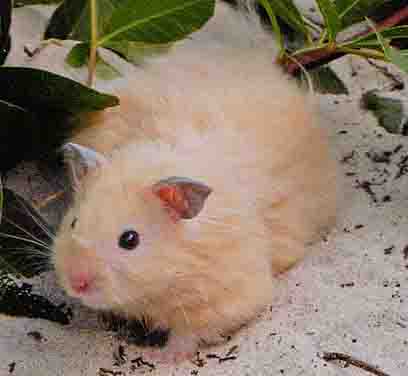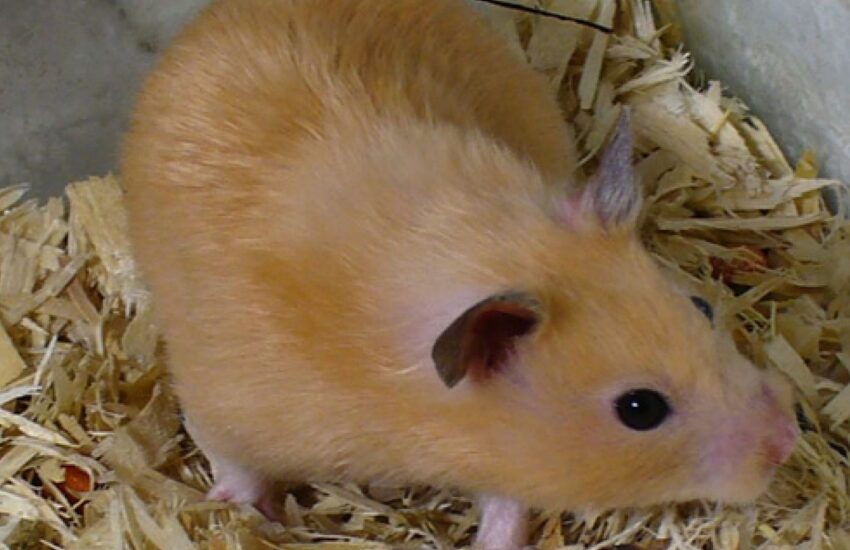Types of Fancy Hamsters
Fancy hamsters have become one of the most popular pets due to their small size, adorable appearance, and relatively easy care needs. There are several types of fancy hamsters, each with unique characteristics and temperaments. In this article, we’ll explore the various types of fancy hamsters, their care requirements, and interesting facts to help you make an informed decision about which type might be the best pet for you.
Syrian Hamsters: The Most Popular Fancy Hamster
Syrian hamsters, also known as golden hamsters, are the largest and most commonly kept fancy hamsters. These hamsters are social creatures but prefer to live alone; they can become territorial if housed with other hamsters. Syrian hamsters come in various colors and fur types, including long-haired varieties like the teddy bear hamster.

Physical Characteristics of Syrian Hamsters
Syrian hamsters typically weigh between 4.5 to 5.5 ounces and can grow up to 6-7 inches long. Their bodies are stout with short legs, and they have cheek pouches that they use to store food. Colors can range from golden to black, gray, and even pastel variants. This diversity in appearance makes them appealing to many pet owners.
Personality Traits
These hamsters are well-regarded for their friendly and docile nature, making them an excellent choice for first-time pet owners. It’s important to handle them gently to ensure they remain tame. They are also very curious, enjoying explorative activities in their cage, such as using tunnels and wheels, which help provide them exercise and mental stimulation.
Dwarf Hamsters: A Smaller Option
Dwarf hamsters include several species, such as the Roborovski and Campbell’s dwarf hamsters. They range in size from 2 to 4 inches and tend to be more social than their Syrian counterparts. Caring for dwarf hamsters may be slightly different since they often thrive in groups, depending on the species.
Roborovski Hamsters
Roborovski hamsters are the smallest type of fancy hamsters, notable for their speed and agility. They have a distinct sandy-colored coat and white underbellies. Given their petite size, they are more visual-oriented and can be a bit harder to hold because they tend to move quickly. Despite their skittishness, they are incredibly entertaining to watch as they zip around their habitat.
Campbell’s Dwarf Hamsters
In contrast, Campbell’s dwarf hamsters are chubbier in appearance and are playful. They come in various colors, including grey, sable, and piebald. Campbell’s dwarf hamsters can be more territorial compared to Roborovski hamsters and may require a more gradual introduction if housed together. Be sure to provide plenty of space and resources to avoid fights over territory!
Winter White Hamsters: A Seasonal Beauty
Winter white hamsters are another popular type of dwarf hamster, distinguished by their whitish color during colder months. They can transition from a brownish hue in summer to a snowy white in winter, a unique characteristic that makes them quite stunning to observe. This natural camouflage was initially necessary for their survival in the wild.

Behavior and Social Structure
Winter whites can be kept in pairs or small groups but should be closely monitored for compatibility. These hamsters require ample space and different toys to prevent boredom. Always consider providing enriching environments with tunnels, climbing structures, and foraging opportunities.
Diet Considerations
Like all hamsters, winter whites benefit from a balanced diet consisting of high-quality hamster pellets, fresh fruits, and vegetables, and occasional treats. Ensure they have access to fresh water daily. Avoid overfeeding, as dwarf hamsters can easily become overweight, which can lead to health issues.
Special Care Tips for Fancy Hamsters
Caring for fancy hamsters involves more than just feeding and cleaning their cages. Understanding your chosen species’ specific needs is essential in providing the best life for your furry friend. Here are a few key care tips:
Cage Setup
Your hamster’s habitat should be equipped with appropriate bedding that allows for burrowing. Avoid cedar and pine shavings, as they can be harmful; opting for aspen or paper-based bedding is recommended. Also, provide a chew toy to prevent overgrowth of their front teeth.
Health Monitoring
Regularly monitor your hamster for signs of illness, such as changes in eating habits, excessive grooming, or any abnormal behaviors. Go for routine veterinary check-ups to ensure your pet remains healthy throughout its life. Proper hygiene and hydration are critical in maintaining your pet’s well-being.
Key Takeaways
- There are several types of fancy hamsters, including Syrian, dwarf, winter white, and teddy bear hamsters.
- Each species has distinct characteristics, behaviors, and care needs that require special attention.
- Your hamster’s living environment, diet, and health monitoring are crucial for their longevity and happiness.
- Hamsters can be excellent companions as they are generally friendly, curious, and entertaining pets.
FAQ
1. What is the average lifespan of fancy hamsters?
The lifespan of fancy hamsters typically ranges from 2 to 3 years, depending on the species. Syrian hamsters can live up to 3-4 years, while dwarf hamsters often have slightly shorter lifespans.
2. Do fancy hamsters require a special diet?
Fancy hamsters benefit from a balanced diet consisting of designated hamster pellets, which provide essential nutrients, combined with fresh fruits and vegetables as occasional treats. It’s important to avoid sugary and acidic foods.
3. Can different types of hamsters be housed together?
Generally, it is not advised to house different types of hamsters together, especially Syrian hamsters, as they are territorial. Dwarf hamsters can sometimes coexist but require careful introductions and monitoring.
4. How often should I clean my hamster’s cage?
Cleaning your hamster’s cage once a week is ideal. Remember to spot clean any soiled bedding or uneaten food daily, ensuring your furry friend has a clean and healthy habitat.
5. What are the signs of a healthy hamster?
A healthy hamster should be active, have a good appetite, clear eyes, and a well-groomed coat. If your hamster is lethargic, not eating, or showing any signs of distress, a visit to the veterinarian is necessary.
